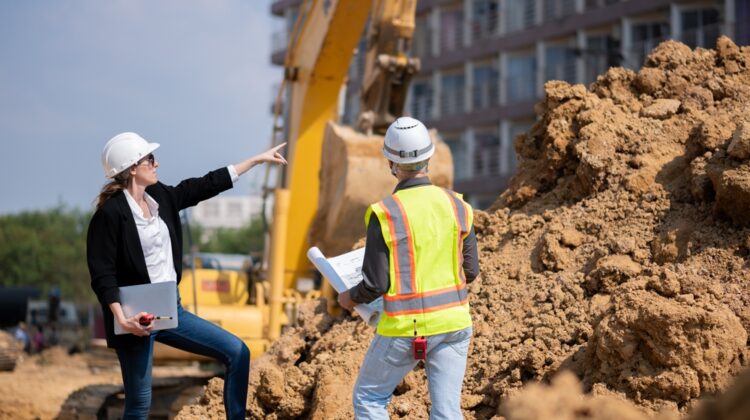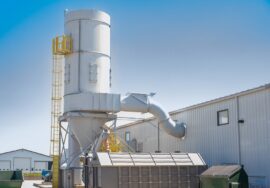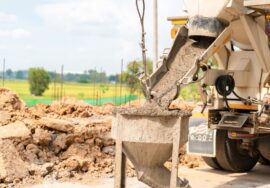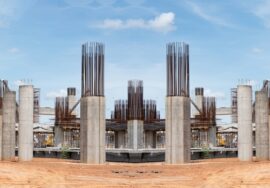
Dust Control Measures in Construction Sites
Dust Control Measures in Construction Sites
Construction is one of the most essential sectors driving urban development, yet it also remains a major contributor to air pollution. Among the many environmental challenges faced by this industry, dust pollution is one of the most visible and harmful. Implementing effective dust control measures is crucial to ensuring cleaner air, healthier communities, and sustainable project practices.
Dust generated from construction activities not only reduces visibility but also affects human health and the surrounding environment. That’s why adopting comprehensive dust control measures is an integral part of modern, eco-friendly construction.
Understanding Dust Pollution in Construction
Dust is produced during excavation, demolition, material handling, and transportation. Construction dust often contains fine particles of silica, cement, and soil that can easily become airborne. When inhaled, these particles can cause respiratory illnesses, allergies, and long-term health problems.
Beyond human health, dust can settle on plants, vehicles, and nearby properties, creating both environmental and social issues. To combat these effects, dust control measures help reduce particulate emissions at their source, improving air quality and worker safety.
Common Sources of Construction Dust
Before applying dust control measures, it’s important to identify where dust originates on-site. The major sources include:
1. Excavation and Earthmoving
Digging and grading soil release large amounts of dust into the air. Dry and windy conditions make this problem worse.
2. Material Handling
Unloading, transferring, or mixing construction materials like cement and sand often lead to airborne dust.
3. Demolition Activities
Breaking concrete and brickwork generates fine particulate matter that spreads quickly without proper dust control measures.
4. Vehicle Movement
Trucks and equipment moving across unpaved roads stir up dust, particularly in large-scale construction projects.
5. Storage of Materials
Open storage of loose materials such as sand or gravel can create dust clouds during windy weather.
Effective Dust Control Measures
Implementing proper dust control measures not only keeps the environment cleaner but also ensures compliance with pollution control regulations. Below are some proven strategies to minimize dust emissions on construction sites:
1. Water Spraying
Regularly sprinkling water on dry surfaces is one of the simplest dust control measures. This helps settle dust particles and prevent them from becoming airborne.
2. Wind Barriers and Dust Screens
Installing temporary barriers, fencing, or green walls around the site helps contain dust and reduce its spread to surrounding areas.
3. Covering Materials and Trucks
Construction materials and debris should always be covered during storage and transportation. This prevents dust from escaping during wind or movement.
4. Paved and Clean Site Roads
Paving access roads and cleaning them frequently reduces dust caused by vehicle movement.
5. Vegetation and Green Buffers
Planting trees and shrubs near construction zones is a natural dust control measure that traps dust and improves air quality.
6. Use of Anti-Smog Guns
Modern sites now use misting systems or anti-smog guns that spray fine water droplets into the air to capture dust particles.
7. Regular Equipment Maintenance
Poorly maintained machinery can emit excess smoke and dust. Regular servicing ensures better performance and lower emissions.

Importance of Dust Control Measures
Implementing dust control measures provides multiple benefits beyond pollution reduction:
-
Improved Air Quality: Reduces particulate matter and enhances worker safety.
-
Regulatory Compliance: Helps meet environmental norms and avoid penalties.
-
Community Health: Minimizes respiratory and allergic reactions among nearby residents.
-
Project Reputation: Demonstrates environmental responsibility and commitment to sustainability.
-
Sustainability Goals: Contributes to green certifications like LEED and aligns with sustainable construction practices.
Dust Control Regulations in India
The Indian government has strengthened its stance on construction-related air pollution. The Central Pollution Control Board (CPCB) mandates strict dust measures at all major construction sites.
Developers must install wind barriers, cover trucks, prevent open material storage, and use anti-smog guns. Non-compliance can lead to heavy fines and project shutdowns. Following these rules ensures environmental safety and aligns with green building standards promoted by the Indian Green Building Council (IGBC).
Integrating Dust Control with Sustainable Construction
Dust control measures should be integrated into every stage of the construction process — from design and planning to project completion. Using low-emission machinery, recycled materials, and smart building technologies further reduces pollution and improves efficiency.
Combining dust control measures with energy efficiency, water conservation, and waste management ensures a holistic approach to sustainability in construction.
Partner with Experts in Sustainable Construction
At AMS India, we specialize in sustainable construction solutions that emphasize air quality, pollution control, and resource efficiency. Our team implements advanced and eco-friendly practices to help projects meet both environmental and performance standards.
Conclusion
Dust pollution may seem inevitable on construction sites, but with the right strategies, it can be effectively managed. Adopting modern dust measures not only protects health and the environment but also enhances operational efficiency and sustainability.
By investing in cleaner, greener construction practices, we can ensure that every project contributes to a healthier planet and a better quality of life for all.
Read more related articles to enhance your knowledge and make informed decisions
Cost-Effective Modular Construction: Fast, and Sustainable Building Solutions
Smart Modular Buildings: Innovative, Efficient, and Sustainable Construction








